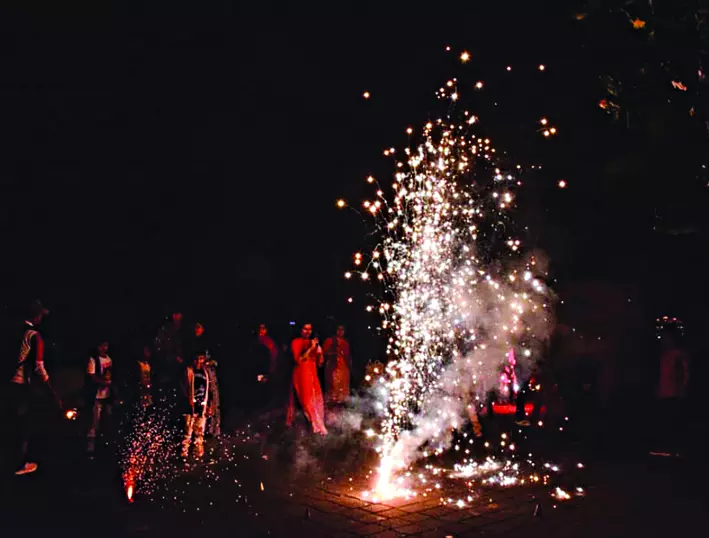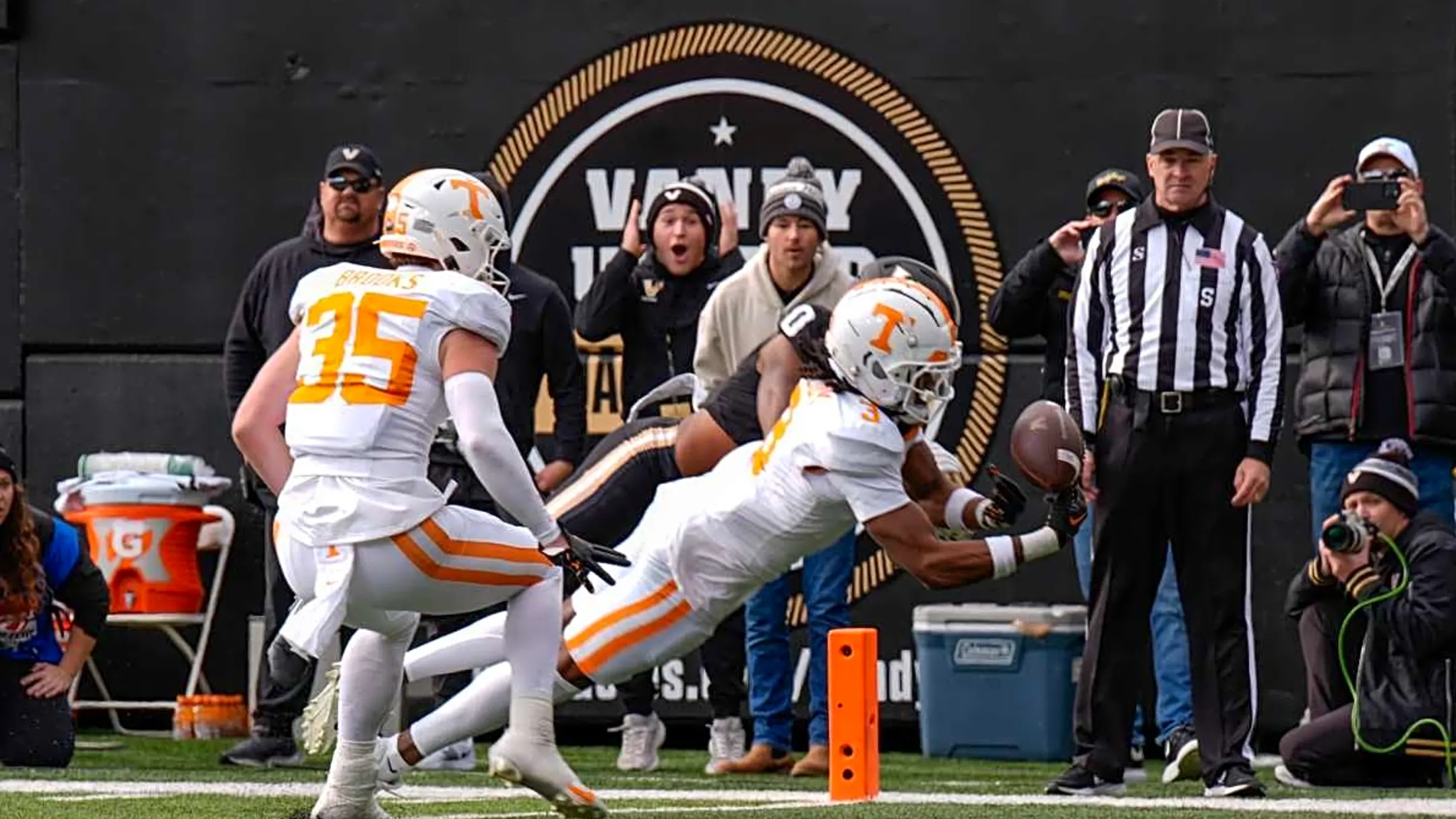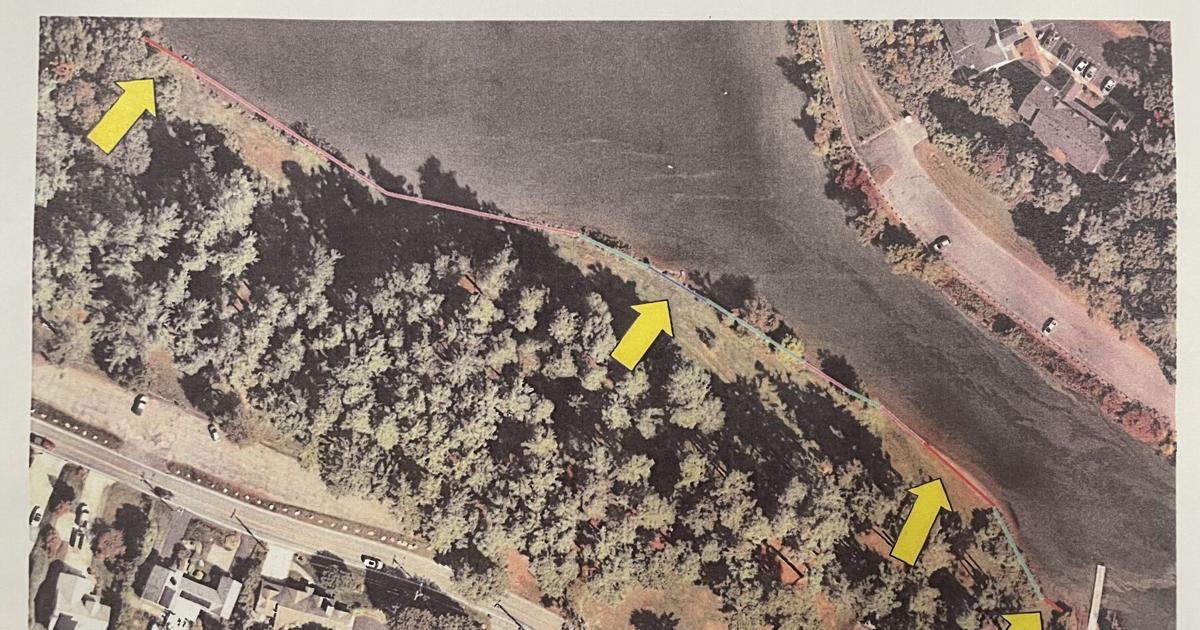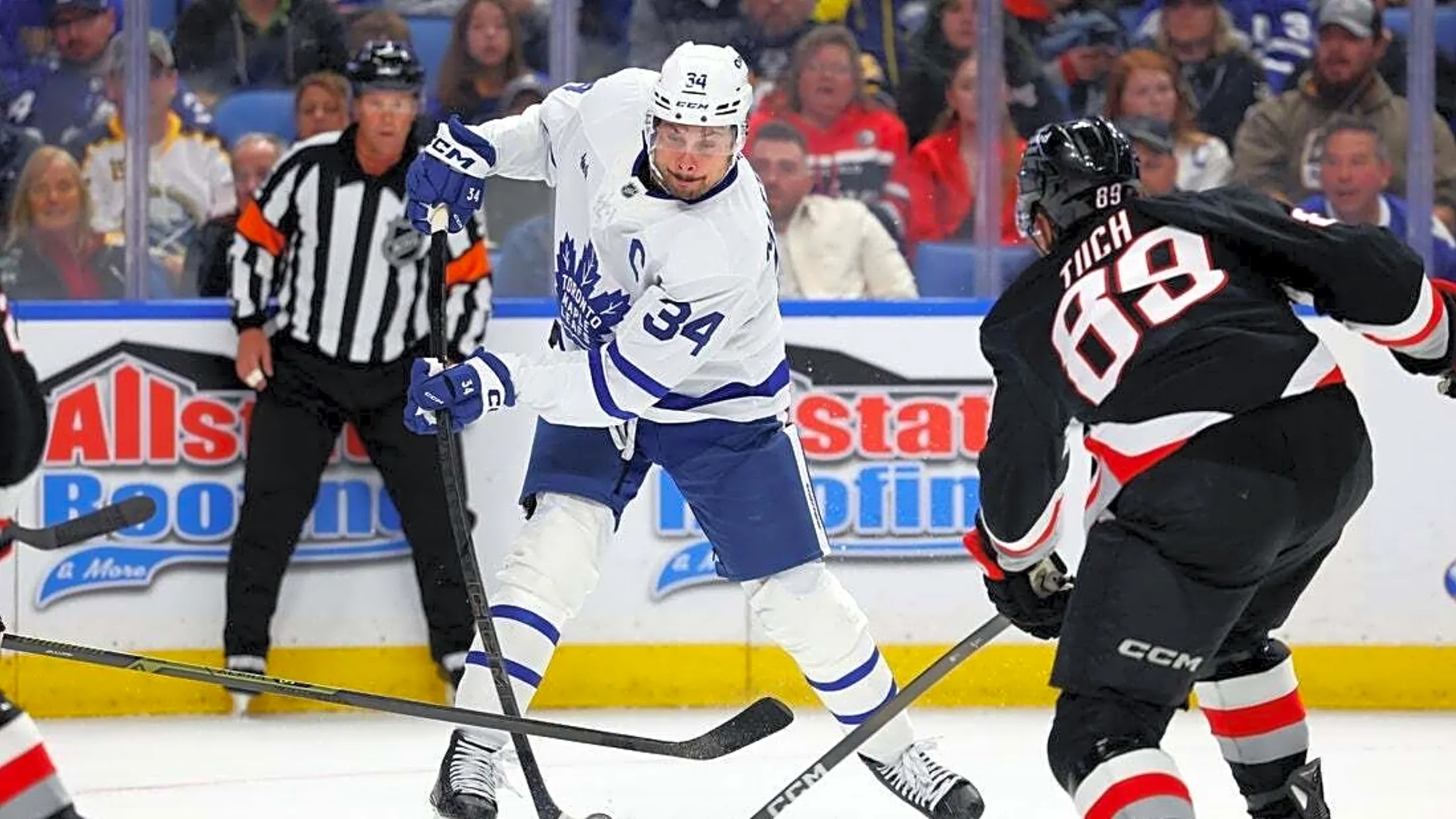Copyright deccanchronicle

Every year, Diwali sets India aglow — streets sparkle, diyas flicker, and fireworks paint the night sky in technicolour. But as the last spark fades, another kind of fire takes over — the one in our lungs. Behind the dazzle and cracker bursting, a dangerous storm brews: Air pollution rising to dangerous levels, and engulfing cities in a suffocating grey haze. The Air Quality Index (AQI) charts in most big cities like Delhi, Mumbai, Hyderabad, Pune, and Gujarat turned red. In fact, Delhi NCR’s post-Diwali pollution peaked to a five-year high (the AQI hit 462). The Smoky Haze On the morning after Diwali’s first day, Delhi woke up under a thick, smog blanket that blurred the skyline and burnt the eyes and festive spirits. The city’s AQI plunged from “Very Poor” to the “Severe” category. Mumbai’s Bandra, home to several Bollywood celebrities, was choking with an AQI of 324 (Very Poor). According to Dr. Pallavi Periwal, Senior Consultant, Pulmonary Medicine & Critical Care at AANCH Hospital, “The AQI has significantly deteriorated not just on Diwali night but continues to remain poor in the days that follow.” Dr Periwal attributes this decline to a combination of factors. “The residue from firecrackers tends to linger in the atmosphere. With the onset of winter and dropping temperatures, these pollutants get trapped closer to the ground.” As wind movement slows during this season, the pollutants accumulate rather than disperse — creating a dense, toxic cloud that overstays its welcome. Add to that vehicular emissions and construction dust, and the city’s air begins to look (and feel) visibly heavy. “It’s quite likely that AQI levels will remain elevated, or even worsen, in the days following Diwali,” warns Dr. P. Ragha-vendra Reddy, Consultant Interven-tional Pulmonologist & Sleep Medicine Specialist at Renova Hospitals, Hyderabad. Not-So-Bright Aftermath When it comes to metros like Mumbai, Delhi, Bengaluru and Hyderabad — Diwali didn’t just light up the skies, it blew up the pollution charts too. According to the Central Pollution Control Board (CPCB), Delhi, Gurugram and Noida saw their AQI shoot past the “severe” zone, crossing the dreaded AQI 400 mark. Even Mumbai’s usually breezy vibes took a smoky turn, falling into the ‘unhealthy’ and ‘severe’ categories with readings above 300 in the past few days. For perspective, an AQI above 50 is already a cause for concern — and above 300, well, that’s basically Mother Nature’s way of asking, “Why are you still outside?” Dr. P. Raghavendra Reddy warns that this is when the sensitive sections of the population — children, the elderly, and those battling asthma or chronic lung and heart diseases — take the hardest hit. Particulate matter, especially PM2.5, is tiny enough to sneak deep into the lungs, leading to wheezing, shortness of breath, chest tightness, and those all- too-familiar cough flare-ups. Dr. Pallavi explains, “Those with asthma, COPD or allergies could also experience flare-ups.” Hospitals across Delhi, Mumbai and other cities reported a steady stream of patients with respiratory distress. “After Diwali, there has been a noticeable rise in people complaining of persistent cough, breathlessness, and irritation in the throat and eyes,” says Dr. Akshay Budhraja, Senior Consultant & HOD, Respira-tory & Sleep Medicine, Aakash Healthcare. “Those with pre-existing conditions like asthma or chronic bronchitis are particularly affected, with several requiring stronger medication or nebulization. The air this year has remained hazy and smoky for a longer period, making symptoms more intense and widespread compared to last year.” Dr. Manav Manchanda, Director & Head – Respiratory, Critical Care & Sleep Medicine, Asian Hospital, says, “Over the past few days, our OPD has been full of people suffering from cough, chest tightness, fatigue, and shortness of breath.” Even individuals who’ve never had respiratory problems before are feeling uneasy due to the poor air quality. The smog seems to be lingering longer this time, worsening both the frequency and severity of cases. But let’s clear the air here — pollution isn’t a festive fling. It’s an all-year-round squatter. Locals Speak Up For many local residents, the post-Diwali glow has been replaced by a grim struggle to breathe fresh air. “I woke up with burning eyes and a constant cough that just wouldn’t stop,” says Seema Nair, (38), a teacher from Dadar, Mumbai. “Even my kids have been wheezing since Diwali night. The smog in the morning is especially terrible.” Ramesh Iyer, (62), a retired banker, rues that his evening walks are off. “I can’t step out without my inhaler.” Doctors warn that vulnerable groups must stay indoors during high-smog hours, keep inhalers and masks handy, and maintain hydration. “Avoid morning walks until AQI improves,” advises Dr. Manchanda. “Use N95 masks outdoors, and focus on vitamin C–rich foods to build lung resilience,” he adds. Clearing the Air ...



